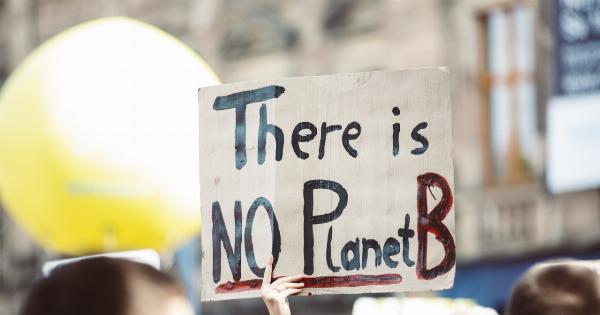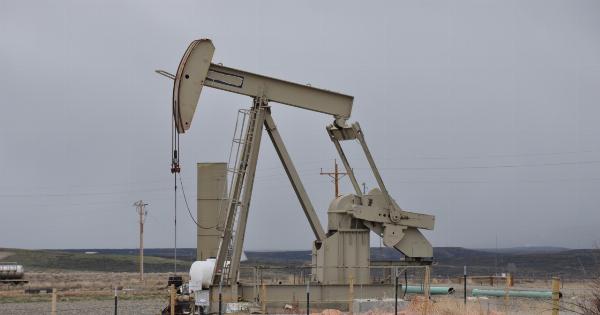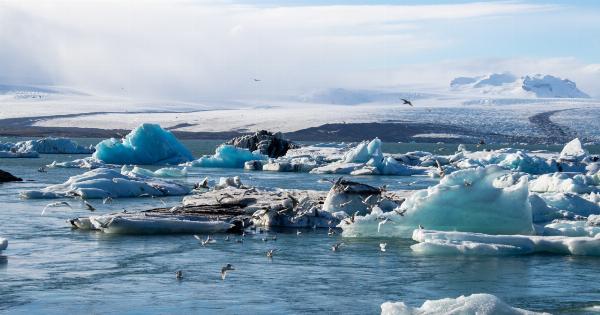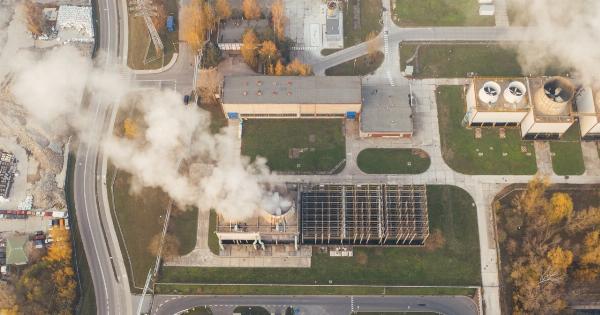Global warming is a grave issue that poses a threat to humanity and all life on Earth.
The scientific consensus is clear: human activities such as burning fossil fuels, deforestation, and industrial processes have led to an alarming increase in greenhouse gas emissions, causing Earth’s temperature to rise. In this article, we will delve into the science behind global warming, exploring its causes, impacts, and potential solutions.
The Greenhouse Effect
Before delving into global warming, it is vital to understand the greenhouse effect. The Earth’s atmosphere contains certain gases, known as greenhouse gases, that trap heat from the Sun and prevent it from escaping back into space.
This natural process is essential for maintaining a habitable planet, as it keeps the Earth’s temperature within a suitable range for life to thrive.
However, human activities have perturbed this delicate balance. The increased burning of fossil fuels, such as coal, oil, and natural gas, releases vast amounts of carbon dioxide (CO2) into the atmosphere.
CO2 is a potent greenhouse gas, contributing to the intensification of the greenhouse effect.
Causes of Global Warming
While natural factors like volcanic eruptions and changes in solar radiation can influence the Earth’s climate, the primary driver of current global warming is human-induced greenhouse gas emissions.
The combustion of fossil fuels for energy generation and transportation is the largest contributor to this phenomenon.
Deforestation is another major factor contributing to global warming. Trees and vegetation play a crucial role in regulating the Earth’s climate by absorbing CO2 through photosynthesis.
When forests are cleared, not only does the carbon sequestration capacity diminish, but the stored carbon is also released into the atmosphere through burning or decay.
Greenhouse Gas Emissions
The release of greenhouse gases into the atmosphere has reached unprecedented levels since the industrial revolution. Carbon dioxide, methane, nitrous oxide, and fluorinated gases are the primary culprits.
Carbon dioxide is responsible for approximately three-quarters of the enhanced greenhouse effect. It is released through fossil fuel combustion, deforestation, cement production, and other industrial processes.
Methane, though present in smaller quantities, is even more potent in trapping heat. It is primarily emitted by livestock, agricultural practices, and the production and transport of coal, oil, and gas. Nitrous oxide and fluorinated gases are released through agricultural and industrial activities.
Impacts of Global Warming
The consequences of global warming are already being felt worldwide, and if left unchecked, they will intensify in the coming decades. Rising temperatures lead to a myriad of detrimental effects on both the environment and humanity.
One significant impact of global warming is the melting of polar ice caps and glaciers. As temperatures increase, these frozen regions are rapidly melting, leading to rising sea levels.
Low-lying coastal areas and island nations are particularly vulnerable to flooding and increased storm surges, thus risking displacement of millions of people.
The frequency and intensity of extreme weather events have also surged due to global warming.
Heatwaves, droughts, hurricanes, and heavy rainfall events have become more frequent, wreaking havoc on ecosystems, agriculture, and infrastructure, with severe repercussions on human lives and societies.
Climate Refugees
As the impacts of global warming worsen, it is estimated that millions of climate refugees will be displaced, seeking safe havens from uninhabitable regions due to rising sea levels, droughts, or other climate-related disasters.
This mass migration could have severe geopolitical implications and lead to social unrest, creating a global humanitarian crisis.
The Urgency for Action
Addressing global warming is one of the most pressing challenges of our time. The longer we delay taking substantial action, the greater the consequences will be.
It is imperative to transition to a sustainable, low-carbon society, reducing greenhouse gas emissions and investing in renewable energy sources.
International agreements, such as the Paris Agreement, aim to limit global warming to well below 2 degrees Celsius compared to pre-industrial levels.
To achieve this, countries must commit to ambitious emission reduction targets and implement policies that promote renewable energy, energy efficiency, and sustainable land management practices.
Solutions to Global Warming
Addressing global warming requires collective efforts from all segments of society. Here are some of the key solutions to combat climate change:.
1. Transition to Renewable Energy
Shifting from fossil fuels to renewable energy sources such as solar, wind, and hydroelectric power is crucial in reducing carbon emissions. Governments and individuals should actively promote and invest in clean energy technologies.
2. Energy Efficiency
Promoting energy-efficient practices and technologies conserves energy and reduces greenhouse gas emissions. This includes improvements in building insulation, appliances, and transportation efficiency.
3. Reforestation and Afforestation
Efforts to reforest and afforest areas can help sequester carbon dioxide from the atmosphere, mitigating the impacts of global warming. Protecting existing forests is equally important to preserve carbon sinks and biodiversity.
4. Sustainable Agriculture
Adopting sustainable agricultural practices, such as organic farming and minimizing the use of synthetic fertilizers, reduces greenhouse gas emissions and promotes soil health, aiding in carbon sequestration.
5. Circular Economy
Implementing a circular economy model, which focuses on recycling, reusing, and reducing waste, can significantly reduce carbon emissions associated with resource extraction, manufacturing, and disposal.
The Role of Individuals
While governments, corporations, and organizations play a critical role, individuals can contribute to fighting global warming within their daily lives.
Simple actions such as reducing energy consumption, adopting a sustainable diet, minimizing waste, and using public transportation or cycling instead of private vehicles can make a substantial impact cumulatively.
The Path Forward
Global warming poses a significant threat to humanity and the planet. Tackling this challenge requires international cooperation, political will, and a collective effort from all sectors of society.
By embracing sustainable practices, transitioning to renewable energy sources, and making conscious choices, we can work towards a future where the well-being of both humanity and the environment is safeguarded.






























